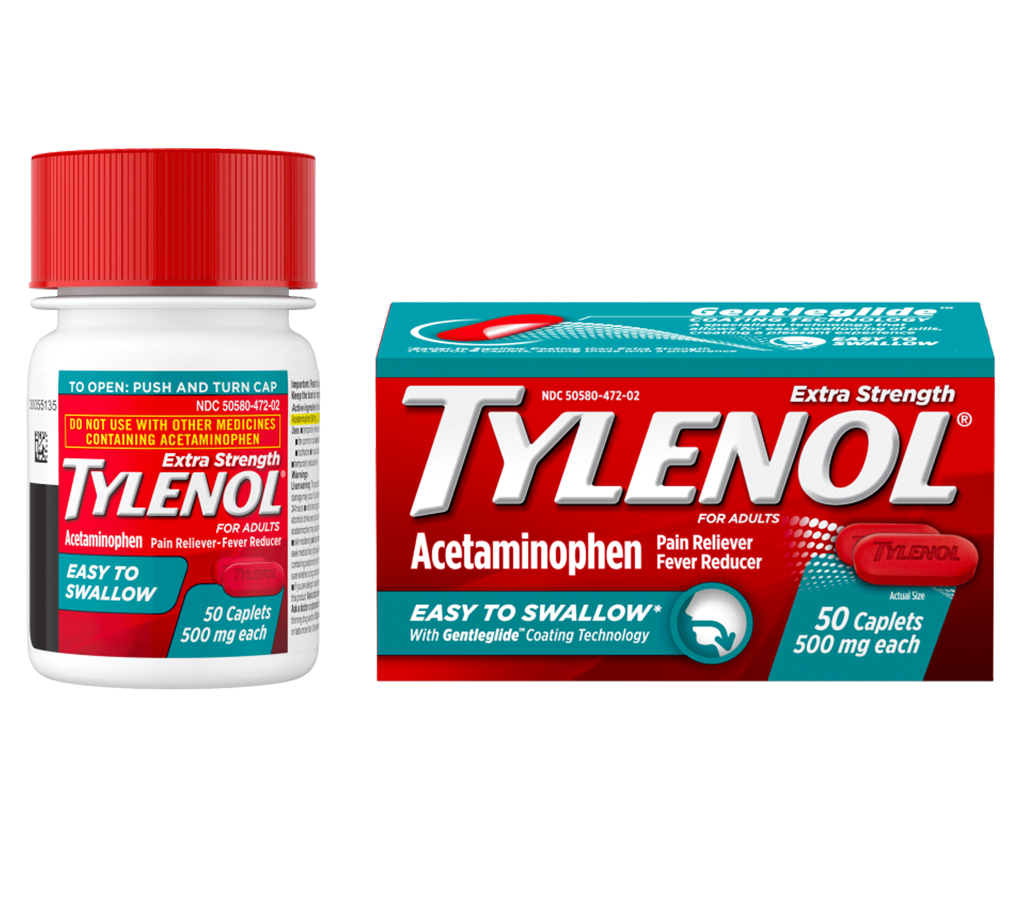What are the symptoms of testicular trauma?
Symptoms of testicular trauma can vary depending on the severity of the injury but generally include:
- Pain: Sudden, sharp, or throbbing pain in the testicle or scrotum.
- Swelling: Noticeable swelling or enlargement of the affected testicle or scrotum.
- Bruising: Discoloration or bruising of the scrotum.
- Tenderness: Increased sensitivity or tenderness in the testicle or scrotum.
- Redness: Redness in the scrotum or surrounding area.
- Heaviness: A feeling of heaviness or fullness in the scrotum.
- Nausea or Vomiting: Severe pain may cause nausea or vomiting.
- Difficulty with Urination: Pain or difficulty when urinating may occur if the trauma affects nearby structures.
- Changes in Testicle Position: The affected testicle may appear higher or in a different position compared to the other testicle.
In severe cases, testicular trauma can lead to more serious conditions such as rupture or internal bleeding, which may require immediate medical attention. If you experience any of these symptoms following an injury, it’s important to seek medical evaluation to assess the extent of the trauma and receive appropriate treatment.
What are the causes of testicular trauma?
Testicular trauma refers to injury or damage to the testicles and can be caused by various factors, including:
- Blunt Trauma: This is the most common cause and can result from direct blows or impacts to the groin area. Examples include sports injuries (e.g., getting hit by a ball), accidents, falls, or physical altercations.
- Penetrating Trauma: Injury from sharp objects or injuries that puncture or cut the scrotum or testicles, such as accidents involving knives or other sharp tools.
- Surgical Procedures: Trauma may occur during medical or surgical procedures involving the groin area or testicles.
- Trauma from Straddle Injuries: Accidental injury from straddling objects, such as bicycle handlebars or playground equipment, can cause trauma to the testicles.
- Testicular Torsion: Although not a trauma in the traditional sense, testicular torsion, where the testicle twists on its spermatic cord, can cause severe pain and damage due to the loss of blood supply.
- Sexual Activity: Intense or rough sexual activity can sometimes lead to injury or trauma to the testicles.
- Infections and Inflammation: While less common, certain infections or conditions like epididymitis can cause swelling or pain in the testicles, sometimes leading to trauma if not managed properly.
Immediate medical attention is important for testicular trauma to assess the extent of the injury, manage pain, and prevent complications. Treatment varies depending on the severity of the trauma and may include pain management, antibiotics, or, in severe cases, surgical intervention.
What is the treatment for testicular trauma?
The treatment for testicular trauma depends on the severity of the injury. Here’s a general overview of treatment options:
- Initial Care: For minor injuries, immediate care includes applying ice to the affected area to reduce swelling and pain. Resting and avoiding activities that could exacerbate the injury is also important.
- Pain Management: Over-the-counter pain relievers, such as acetaminophen (Tylenol) or ibuprofen (Advil, Motrin), can help alleviate pain and reduce inflammation.
- Medical Evaluation: If the injury is severe or if there is significant pain, swelling, bruising, or any concerns about damage, a medical evaluation is necessary. This may involve a physical examination and imaging studies, such as an ultrasound, to assess the extent of the injury.
- Surgical Intervention: For more severe injuries, such as testicular rupture, torsion, or significant damage, surgical intervention may be required. Surgery might involve repairing the damaged tissue, addressing testicular torsion, or, in extreme cases, removing the affected testicle if it is beyond repair.
- Antibiotics: If there is a risk of infection, particularly with open wounds or surgical procedures, antibiotics may be prescribed.
- Follow-Up Care: Monitoring and follow-up appointments with a healthcare provider are crucial to ensure proper healing and to address any potential complications.
- Supportive Measures: Wearing supportive underwear or a jockstrap may be recommended to provide comfort and protect the area during the healing process.
Prompt medical attention is essential to prevent complications and ensure appropriate treatment for testicular trauma.

Leave a Reply
You must be logged in to post a comment.